1. Apple Pie
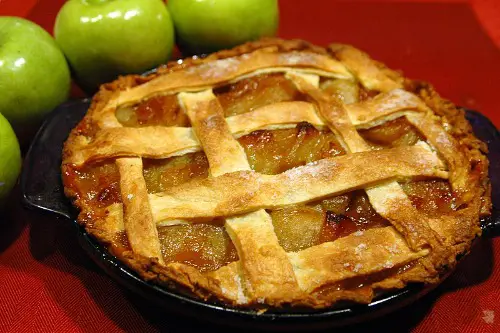
“American as apple pie,” right? Not exactly. Apple pie traces its roots back to England, where recipes for the dessert appeared as early as the 14th century. Even apples themselves aren’t native to North America—they were brought over by European colonists. What we think of as classic apple pie evolved in America, but its ancestry is undeniably British.
2. Hot Dogs
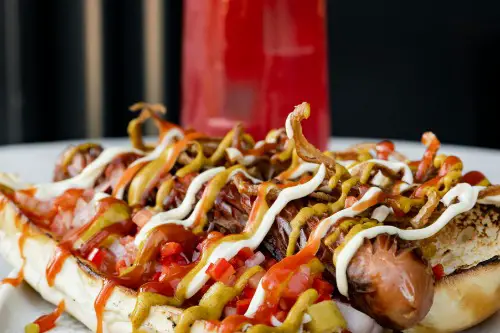
While hot dogs are a staple of baseball games and backyard cookouts, their lineage leads back to Germany. Sausages, particularly frankfurters from Frankfurt and wieners from Vienna, were brought to America by German immigrants in the 19th century. Over time, they were adapted into the bun-and-condiment combo we know today.
3. Hamburgers
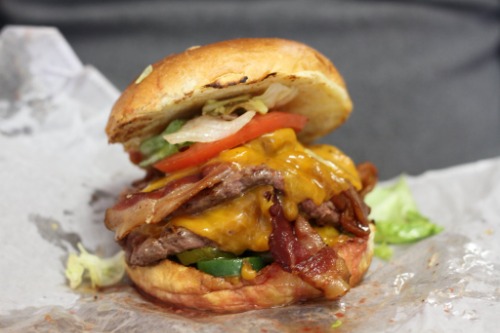
The beloved burger, another all-American classic, also comes from Germany. The concept of ground beef patties originated in Hamburg, where it was known as the Hamburg steak. When German immigrants introduced the dish to America, it eventually transformed into the fast-food staple we can’t live without.
4. French Fries

Despite the name, French fries are likely Belgian in origin. Legend has it that villagers in Belgium fried small fish but switched to potatoes during harsh winters when fish were scarce. American soldiers stationed in Belgium during World War I dubbed them “French fries” because French was the language spoken in the region.
5. Ketchup

Ketchup might seem American, but its roots are much farther east. The sauce originated in China as a fermented fish sauce called kê-tsiap. British sailors brought it back to Europe, and eventually, Americans adapted the recipe with tomatoes and sugar, creating the condiment we know today.
6. Pizza

Pizza feels deeply ingrained in American food culture, especially with the rise of New York and Chicago-style pies. But it all began in Naples, Italy. Italian immigrants brought pizza to the U.S. in the late 19th and early 20th centuries, where it was embraced and transformed into the cheesy, gooey versions we now call our own.
7. Tacos
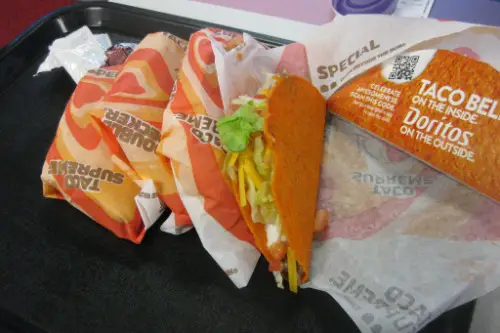
Tacos have become a massive part of American cuisine, from food trucks to Taco Tuesdays. However, their origins are firmly Mexican. Tacos date back centuries in Mexico, with indigenous peoples using tortillas to wrap a variety of fillings. The modern taco we enjoy today owes much to Mexican-American communities adapting traditional recipes for wider appeal.
8. Bagels

Bagels are a breakfast favorite in the U.S., but their history begins in Eastern Europe. Jewish communities in Poland are credited with creating the bagel in the 17th century. Immigrants brought their bagel-making traditions to New York City, which is now synonymous with this doughy delight.
9. Fortune Cookies
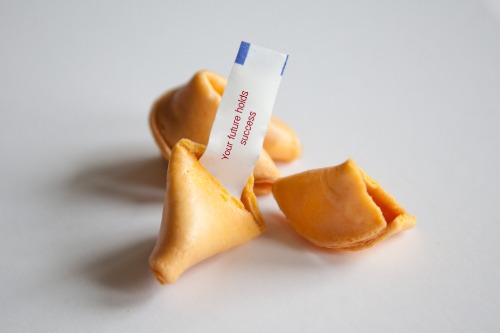
Fortune cookies are often associated with Chinese cuisine, but they were actually invented in the U.S., inspired by Japanese senbei (rice crackers). Japanese immigrants in California started serving these cookies with fortunes, and they eventually became a staple in Chinese-American restaurants.
10. Ice Cream

While America might dominate the ice cream market, the frozen treat has ancient origins. Early versions of ice cream appeared in Persia and China, and Italy refined it into gelato. By the 18th century, ice cream had made its way to America, where it became a dessert icon.
11. Doughnuts

The modern doughnut owes its existence to Dutch settlers, who made olykoeks (oily cakes) in early colonial America. These fried treats evolved into the ring-shaped, glazed confections we now grab by the dozen.
12. Macaroni and Cheese

Mac ‘n’ cheese feels like comfort food straight from America’s heartland, but it was actually popularized by Thomas Jefferson. After encountering the dish in France and Italy, Jefferson brought recipes and a pasta machine to the U.S., and the dish eventually became a classic.
13. Chili
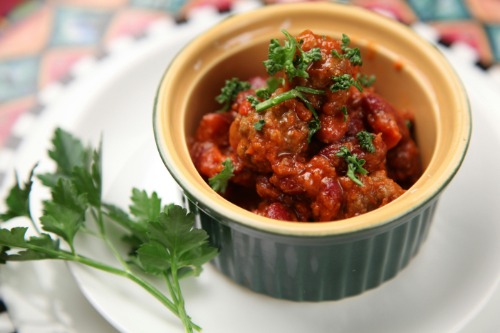
Chili might scream “Texas,” but its origins are a fusion of Mexican and Spanish influences. The dish was created by Tejanos (Texans of Mexican descent), blending native spices with European cooking techniques to create the hearty stew we now associate with the Lone Star State.
These foods may not have been born in America, but they’ve certainly grown up here. Each one tells a story of cultural exchange and adaptation, making them just as diverse as the country itself. So the next time you enjoy one of these dishes, take a moment to appreciate the journey it took to get to your plate!


